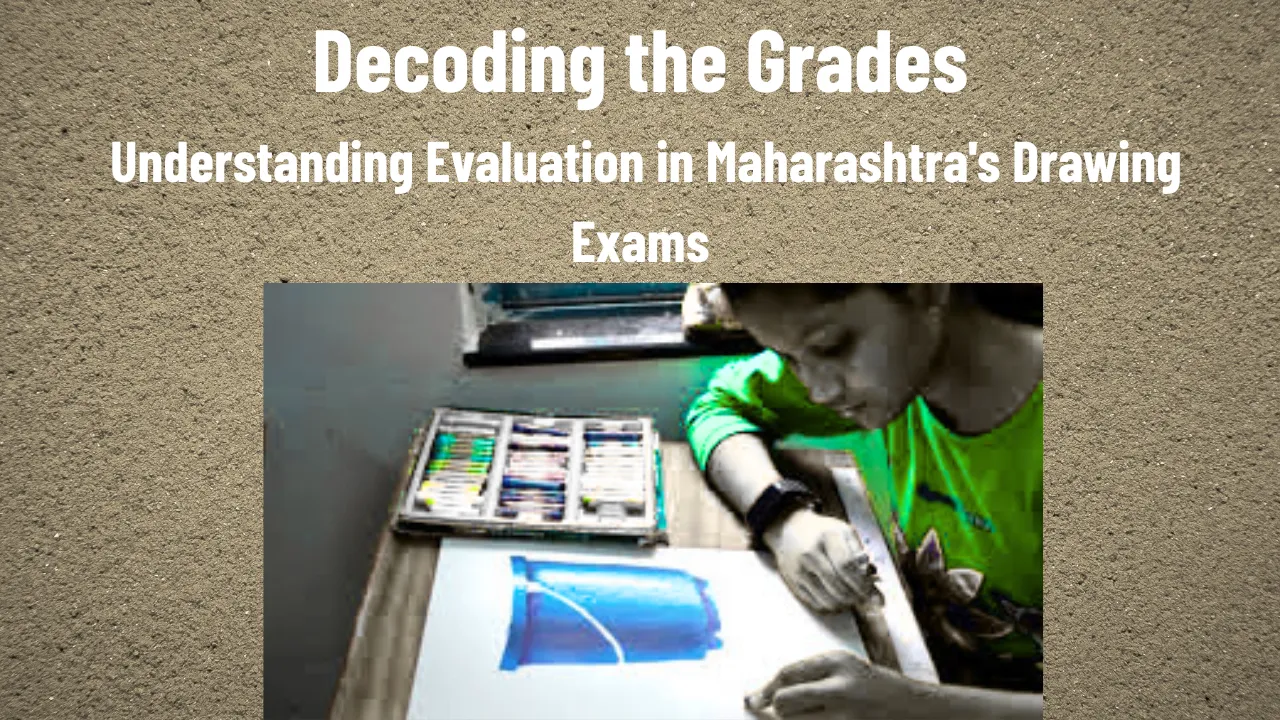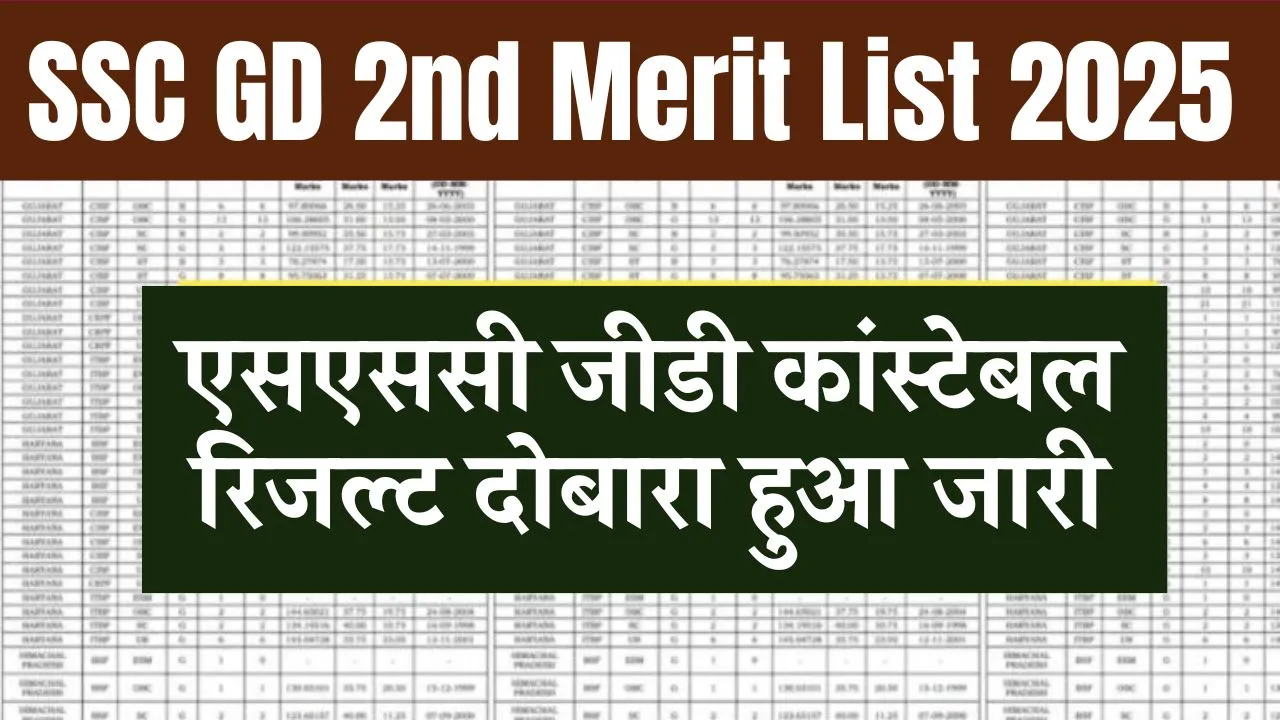Understanding Evaluation in Maharashtra’s Drawing Exams: Maharashtra’s Elementary and Intermediate Drawing Grade exams—held under the banner of the Directorate of Art (DOA) and Maharashtra State Board of Art Education (MSBAE)—are important milestones for young artists. These tests measure not only artistic talent, but also how well students grasp technical skills and creative thinking. To excel, it’s crucial to understand the evaluation process and criteria used by the examiners.
Overview of the Exams
The drawing exams are designed for school students—typically in Grades 7 to 9 for the Elementary level and Grades 10 to 11 for the Intermediate level. They test a range of skills through multiple components:
- Still Life: Rendering real objects placed before you.
- Memory Drawing: Recreating scenes or objects from memory.
- Composition/Design: Inventing visuals based on a theme or prompt.
- Object Drawing: Detailed studies of single items.
- Freehand Sketching: Quick, expressive sketches without reference.
- Calligraphy or Lettering: (Occasionally included) styling text with clarity and flair.
Each component examines a mix of observational power, creativity, technical skill, and presentation.
Key Evaluation Criteria
Examiners evaluate student work against several focused dimensions:
Observation and Accuracy
- Proportion: Objects should be sized realistically in relation to each other.
- Perspective: Three-dimensional space must be believable.
- Form Definition: Are volumes and curves convincingly drawn?
- Clean Lines: Outlines must be confident and clear.
Light and Shadow
- Shadow Consistency: Light source and resulting shadows should align logically.
- Shading Transitions: Smooth tonal shifts signal control.
- Texture Rendering: Surfaces—from glass to fabric—should feel distinct.
- Depth Creation: Good shadows add realism and dimension.
Composition and Layout
- Balance: Placement should feel pleasing—not cramped or off-balance.
- Unity: All elements should feel part of a cohesive whole.
- Focal Clarity: Important parts should attract attention effectively.
- Spatial Awareness: Use of negative space is as important as filled areas.
Creativity and Concept
- Originality: Students should avoid direct copying—bring personal interpretation.
- Theme Execution: Designs should reflect the prompt clearly and thoughtfully.
- Narrative Expression: Especially in memory drawing, storytelling matters.
- Conceptual Style: A touch of individual voice shows deeper engagement.
Technique and Medium Control
- Tool Handling: Whether pencil, charcoal, or crayon—the grip should feel proficient.
- Line Variance: Thickness and softness should suit the subject.
- Cleanliness: Smudges are avoided; the presentation is neat.
- Appropriate Technique: The right technique for the material or style is essential.
Color Work (When Applicable)
- Harmony: Colors should complement one another and fit the theme.
- Contrast Use: Proper contrast helps important elements stand out.
- Mood Creation: Colors should support mood or atmosphere.
- Execution Quality: Neat mid-tone to edge management shows polish.
Understanding the Grading System
MSBAE typically awards grades reflecting varying mastery:
- Distinction (A): Top-tier work showcasing technical skill, depth, creativity, and excellent presentation.
- First Class (B): Strong work—well-executed and thoughtful, but with room to improve.
- Second Class (C): Adequate effort—with solid fundamentals, though lacking finishing touches.
- Pass (D): Basic requirements met, but further development needed.
- Fail: Falls short of minimum expectations in several areas.
Work is judged holistically, but each component carries weight based on guidelines set by the Board.
Tips for Students
- Draw from Life Often: Practice with real objects to refine observation.
- Master Basic Perspective: Use guides like horizon lines or vanishing points.
- Practice Smooth Shading: Build depth using varied tonal layers.
- Sketch Compositions Lightly First: Planning layout helps improve balance.
- Follow Prompts Closely: Adhere to theme, medium, and other exam instructions.
- Time Yourself: Build comfort in managing exam timeframes.
- Stay Tidy: Use clean lines, erasers, and quality paper.
- Seek Feedback: Show your work to teachers or experienced artists for critique.
FAQs
1. How many sections are in these exams?
Students typically complete 3–5 sections, including still life, composition, freehand sketching, and sometimes lettering.
2. Do technical mistakes in perspective cost a lot of marks?
Yes. Accurate perspective impacts the realism and credibility of your drawing, affecting several grading areas.
3. Am I penalized for smudging lines?
Smudged drawings can lose points under neatness, even if the artwork itself is well-drawn.
4. How is memory drawing evaluated?
Examiners look for expressive recall—emphasis on narrative and emotional resonance rather than photographic reproduction.
5. Can using colored pencils help my score?
Color can enhance your work, but only if handled well and aligned with the concept. If it’s messy or poorly balanced, it might hurt more than help.
Final Thoughts
Cracking Maharashtra’s drawing exams isn’t just about talent—it’s about understanding what examiners expect. When students align their artwork with evaluation benchmarks—especially in observation, shading, composition, creativity, and technique—they greatly improve their chances of earning high marks. Draw thoughtfully, prepare intentionally, and let your dedication shine through your art.











